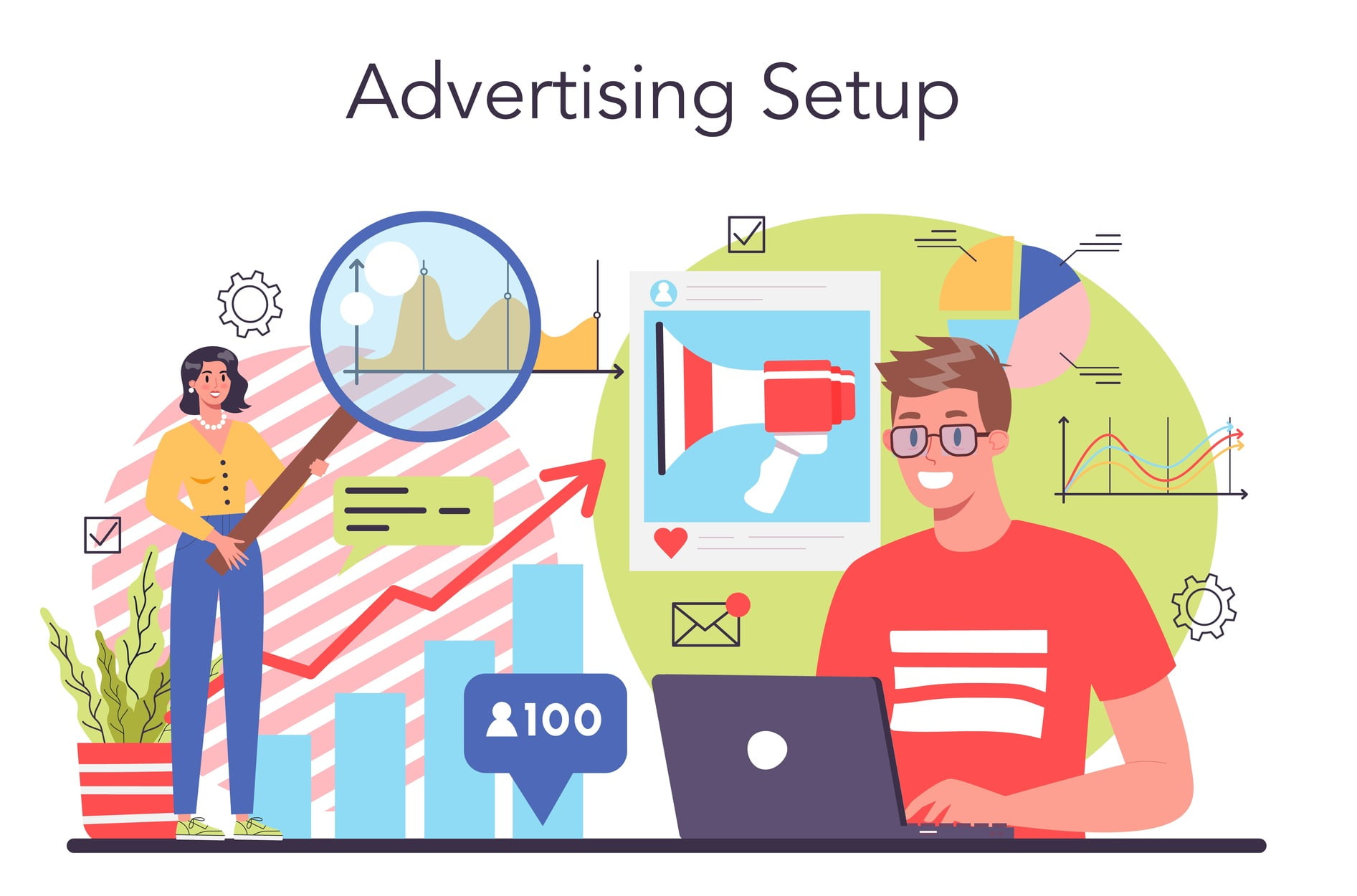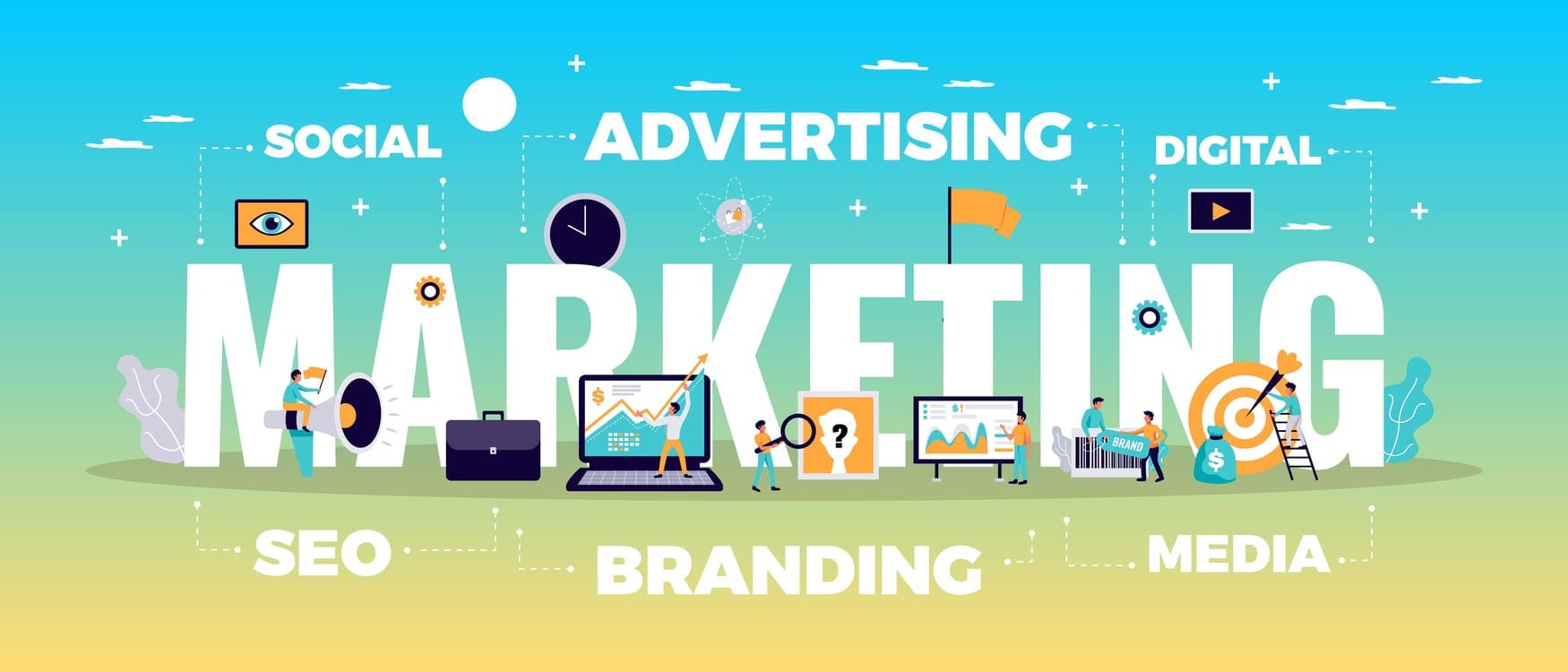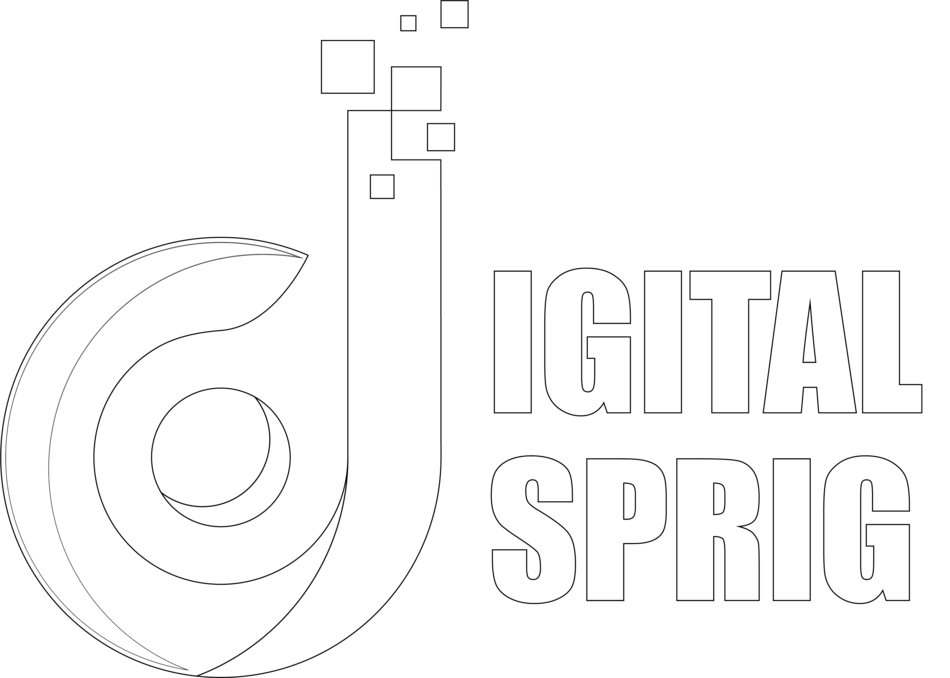Digital advertising has become an essential part of marketing strategies across industries. As businesses compete for visibility in an increasingly digital world, understanding what digital advertising is and how it works can be the difference between success and obscurity. In this blog post, we’ll dive deep into digital advertising, explore its various forms, and discuss how it can benefit your business.

Understanding Digital Advertising
Definition of Digital Advertising
Digital advertising refers to the practice of promoting products, services, or brands through online platforms. Unlike traditional advertising methods like print ads, TV commercials, or billboards, digital advertising leverages the power of the internet to reach target audiences more precisely. Whether it’s through social media, search engines, websites, or apps, digital advertising offers a wide range of tools to connect with potential customers.
The Evolution of Advertising: From Billboards to Banners
Advertising has come a long way since the days of simple billboards and newspaper ads. The rise of the internet in the late 20th century opened up new possibilities for marketers. The first-ever clickable web ad, launched by AT&T in 1994, marked the beginning of the digital advertising era. It may surprise you that this banner ad achieved a 44% click-through rate (CTR), a number unheard of in today’s standards.
Over time, digital advertising has evolved, incorporating more sophisticated technologies like algorithms, artificial intelligence, and big data analytics. These advancements have made it possible for businesses to target audiences more accurately, deliver personalized content, and measure the effectiveness of their campaigns in real time.
The Different Types of Digital Advertising

Search Engine Advertising (SEA)
One of the most common forms of digital advertising is search engine advertising. This method involves placing ads on search engine results pages (SERPs) through platforms like Google Ads. When users search for specific keywords related to your business, your ad appears at the top or bottom of the search results.
How It Works:
- Keyword Bidding: Advertisers bid on keywords that potential customers might use in their searches. The highest bidder typically gets the top spot on the SERP.
- Ad Rank: Google uses a combination of the bid amount and the ad’s quality score (based on relevance, landing page experience, etc.) to determine the ad’s position.
- Pay-Per-Click (PPC): Advertisers only pay when a user clicks on their ad, making it a cost-effective way to drive traffic to a website.
Social Media Advertising
Social media platforms like Facebook, Instagram, Twitter, LinkedIn, and TikTok offer powerful advertising tools that allow businesses to target users based on demographics, interests, behavior, and more.
How It Works:
- Targeted Campaigns: Social media advertising allows you to create highly targeted campaigns by selecting specific criteria such as age, location, interests, and more.
- Ad Formats: These platforms offer various ad formats, including image ads, video ads, carousel ads, and sponsored posts.
- Analytics: Social media platforms provide detailed analytics that helps businesses track engagement, click-through rates, and conversion rates.
Display Advertising
Display advertising involves placing visual ads (banners, images, videos) on websites, blogs, and apps. These ads are usually seen in the form of banners, pop-ups, or video ads on third-party websites.
How It Works:
- Ad Networks: Advertisers can use ad networks like Google Display Network to place ads on a wide range of websites.
- Targeting Options: Display ads can be targeted based on various factors, including user behavior, interests, and demographics.
- Retargeting: Retargeting ads are a popular form of display advertising where ads are shown to users who have previously visited your website but didn’t convert.
Native Advertising
Native advertising is a type of digital ad that blends seamlessly with the content of the platform on which it appears. These ads look and feel like organic content, making them less intrusive and more engaging.
How It Works:
- Content Integration: Native ads are designed to match the format and style of the platform, whether it’s an article, video, or social media post.
- Enhanced Engagement: Because native ads are less disruptive, they tend to have higher engagement rates compared to traditional banner ads.
- Examples: Sponsored articles, in-feed social media ads, and promoted listings on e-commerce sites.
Video Advertising
With the growing popularity of video content, video advertising has become a crucial part of digital marketing strategies. Platforms like YouTube, TikTok, and social media channels offer a variety of video ad formats.
How It Works:
- In-Stream Ads: These ads appear before, during, or after a video and can be skippable or non-skippable.
- Out-Stream Ads: These ads play automatically on websites or apps, even when they are not part of video content.
- Targeting: Like other forms of digital advertising, video ads can be targeted based on demographics, interests, and user behavior.
How Digital Advertising Works: The Mechanics
Audience Targeting
One of the key strengths of digital advertising is its ability to target specific audiences. Unlike traditional advertising, which casts a wide net, digital advertising allows you to reach the people who are most likely to be interested in your products or services.
Techniques for Audience Targeting:
- Demographic Targeting: Focus on specific characteristics like age, gender, income, education, and occupation.
- Geographic Targeting: Target users based on their location, whether it’s by country, state, city, or even a specific neighborhood.
- Behavioral Targeting: Use data on user behavior, such as browsing history, previous purchases, and interactions with ads, to target potential customers.
- Interest Targeting: Reach users based on their interests, hobbies, and online activities.
Real-Time Bidding (RTB)
Real-Time Bidding is a process that takes place within milliseconds every time an ad is displayed. It’s a type of programmatic advertising where advertisers bid for ad impressions in real-time.
How It Works:
- Ad Exchange: When a user visits a website, the ad space is auctioned off to the highest bidder through an ad exchange platform.
- Bidding Process: Advertisers submit bids based on how much they are willing to pay for that specific user impression.
- Ad Placement: The highest bidder wins the auction, and their ad is displayed to the user.
Conversion Tracking
One of the most significant advantages of digital advertising is the ability to track conversions in real time. Conversion tracking allows you to measure the effectiveness of your campaigns by tracking specific actions that users take after clicking on your ad.
Types of Conversions:
- Purchase: The most common conversion, where a user completes a purchase on your website.
- Lead Generation: Tracking form submissions, sign-ups, or any other action that generates a lead.
- Engagement: Measuring actions like clicks, video views, or social media interactions.
- App Installs: Tracking the number of times users install your app after clicking on an ad.
The Benefits of Digital Advertising
Cost-Effectiveness
Digital advertising is often more cost-effective than traditional advertising. With options like PPC (Pay-Per-Click), businesses only pay when users interact with their ads. This ensures that your advertising budget is spent efficiently.
Measurable Results
Unlike traditional advertising, where results are difficult to measure, digital advertising provides precise data on ad performance. Tools like Google Analytics, Facebook Ads Manager, and other analytics platforms allow businesses to track every aspect of their campaigns.
Flexibility and Speed
Digital advertising campaigns can be launched quickly and adjusted in real-time based on performance. This flexibility allows businesses to respond to market changes, optimize ad spend, and maximize ROI.
Enhanced Targeting
As mentioned earlier, digital advertising allows for highly specific targeting, ensuring that the right audience sees your ads. This precision reduces wasted ad spend and increases the likelihood of conversions.
Personalization
With the vast data available, digital ads can be personalized to match user preferences and behavior. Personalized ads tend to perform better as they resonate more with the audience.
Challenges in Digital Advertising
Ad Fatigue
With the increasing volume of digital ads, users may experience ad fatigue, leading to lower engagement rates. It’s essential to refresh your ad creatives regularly and avoid overexposing your audience to the same ads.
Ad Blockers
Many users employ ad blockers to prevent ads from appearing on their devices. While this poses a challenge, it also encourages advertisers to create more relevant and less intrusive ads that users won’t mind seeing.
Privacy Concerns
As digital advertising relies heavily on data collection, privacy concerns have become more prominent. Regulations like the General Data Protection Regulation (GDPR) in Europe have introduced stricter rules on how companies can collect and use user data.
Interesting Anecdotes: The Power of Digital Advertising
The Dollar Shave Club Story
One of the most famous examples of the power of digital advertising is the rise of Dollar Shave Club. In 2012, the company launched a quirky and humorous YouTube video titled “Our Blades Are F***ing Great.” The video went viral, attracting millions of views within days. This digital advertising campaign was so successful that Dollar Shave Club went from a startup to a billion-dollar acquisition by Unilever in just a few years.
The Oreo Super Bowl Tweet
In 2013, during the Super Bowl blackout, Oreo posted a tweet that read, “You can still dunk in the dark.” This quick-thinking digital ad went viral, earning thousands of retweets and demonstrating the power of real-time marketing. The tweet was a perfect example of how digital advertising can leverage timely events to create massive engagement.
How to Get Started with Digital Advertising
Define Your Goals
Before launching any digital advertising campaign, it’s essential to define your goals. Whether it’s increasing brand awareness, driving traffic to your website, or boosting sales, having clear objectives will guide your strategy.
Choose the Right Platforms
Not all digital advertising platforms are created equal. Depending on your target audience and goals, you may choose to advertise on search engines, social media, or display networks. Each platform has its strengths, so it’s crucial to select the one that aligns with your objectives.
Create Compelling Ad Content
The success of your digital advertising campaign hinges on the quality of your ad content. Whether it’s a catchy headline, a compelling call-to-action, or an engaging video, your ad should capture the audience’s attention and encourage them to take action.
Monitor and Optimize
Digital advertising is not a set-it-and-forget-it strategy. Continuously monitor your campaigns, analyze the data, and make adjustments to optimize performance. This iterative process will help you get the most out of your advertising budget.
Conclusion
Digital advertising is a dynamic and powerful tool that can propel your business to new heights. By understanding how it works and leveraging its various forms, you can create effective campaigns that reach your target audience, drive conversions, and deliver measurable results. As with any marketing strategy, success in digital advertising requires careful planning, creativity, and ongoing optimization. With the right approach, digital advertising can be a game-changer for your business, helping you stand out in a crowded online marketplace.
How Digital Sprig Can Help You Succeed in Digital Advertising
Navigating the world of digital advertising can be overwhelming, especially with the constant evolution of platforms and strategies. That’s where Digital Sprig comes in. Our digital marketing agency is dedicated to helping businesses like yours harness the power of digital advertising to achieve your goals.
Tailored Strategies for Your Business
At Digital Sprig, we understand that every business is unique. We take the time to learn about your brand, target audience, and objectives to craft personalized digital advertising strategies. Whether you’re looking to increase brand awareness, drive more traffic to your website, or boost conversions, our team will design a campaign that aligns with your specific needs.
Expertise Across Multiple Platforms
Our team of experts has extensive experience across all major digital advertising platforms, including Google Ads, Facebook, Instagram, LinkedIn, and more. We know how to leverage the strengths of each platform to maximize your ROI and reach your desired audience effectively.
Data-Driven Campaigns
We believe in the power of data to drive results. Our campaigns are backed by comprehensive analytics and real-time monitoring, allowing us to optimize your ads continuously. With Digital Sprig, you’ll receive regular reports that provide insights into your campaign’s performance and recommendations for improvement.
Creative Content That Captivates
A successful digital advertising campaign requires more than just technical know-how—it needs compelling content that resonates with your audience. Our creative team at Digital Sprig excels at producing eye-catching visuals, engaging copy, and interactive ad formats that capture attention and drive action.
Ongoing Support and Optimization
Digital advertising is not a one-time effort. At Digital Sprig, we offer ongoing support and optimization to ensure your campaigns remain effective in the long term. We stay ahead of industry trends, test new strategies, and continuously refine your campaigns to keep you ahead of the competition.
Get Started with Digital Sprig Today
Ready to take your digital advertising to the next level? Contact Digital Sprig today to schedule a consultation. Let us help you create powerful, data-driven campaigns that deliver real results for your business. Together, we can turn your digital advertising efforts into a successful and profitable endeavor.


